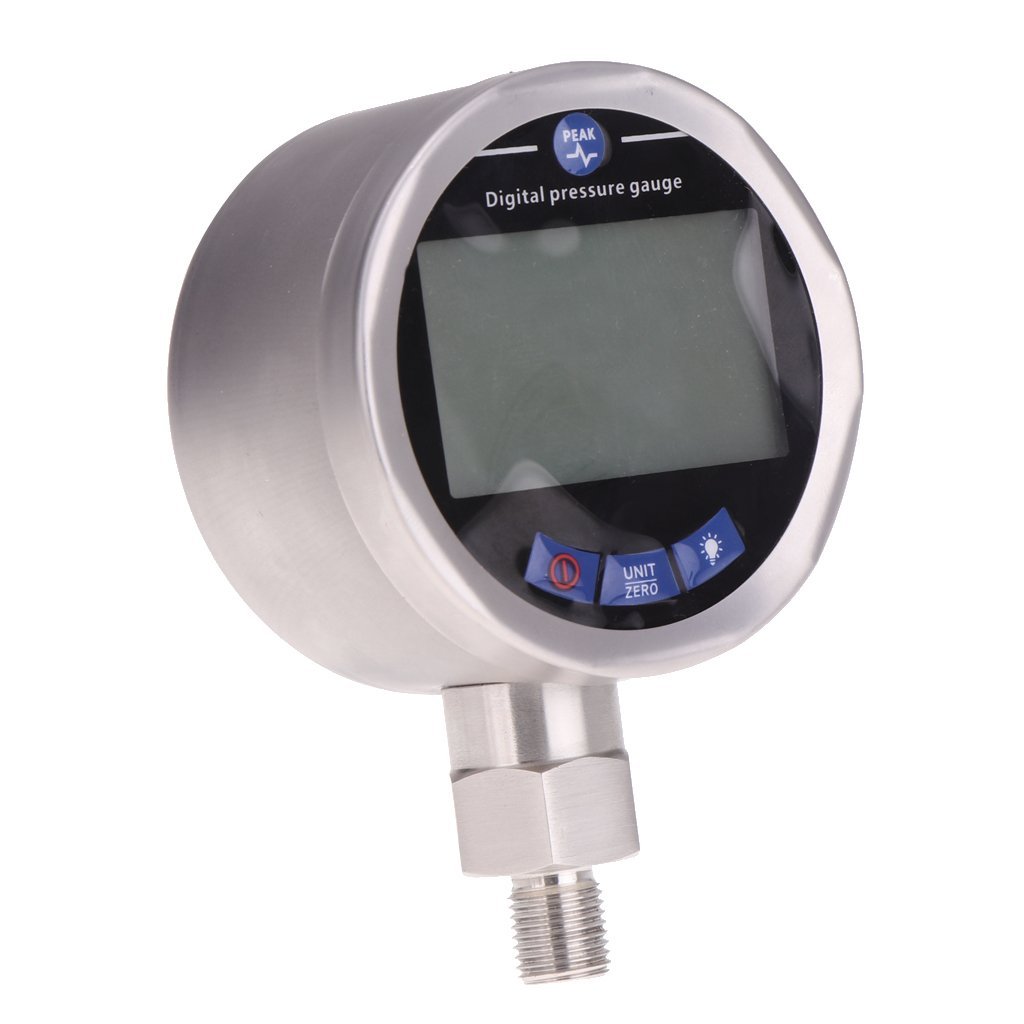Know Everything About Force Gauge in This Quick Guide
Everything on the earth has different measurement units. The force gauge is also one of many measurement instruments to measure the force magnitude applied to any object during the operation. Such instruments are used in a wide range all around the globe, mostly in research, production, and development for quality control purposes.
Commonly, it is used to perform push and pull tests with ease. This is the reason, it has been denoted as push-pull force gauges or even tension and compression force gauges.
Interested readers can continue the read to get enough highlight on what is actually force gauge, its sizes, and uses.
Well, let’s do a quick revision about the force and weight that we studied in school. To get a clear idea about force gauge, it is necessary to know the difference between these two.
Force – It can be defined as an interaction that causes an object to be pulled, pushed or even impacted in another direction that will affect the object’s characteristics. You can give force in any directions. You can apply different types of forces to the objects.
One of the most common forces that we all know is the gravitational force, which result from the gravitation field of the earth. Other forces include the electromagnetic force between charged particles and nuclear forces which hold atoms together.
And, force gauge handles the mechanical force measurement that is applied to any objects. Such forces are called a push or pull/compression or tension.

Difference between force and weight
When we measure the weight of any object, we are measuring its mass, which is the amount of matter that comprise any object and given the measuring unit in pound or kilograms.
The mass of any object will remain constant, whereas the gravitational force that applies to the object differ from place to place in the universe.
Two types of force gauges
There are two types of force gauges which consist of mechanical and digital. Let’s get them brief.
Mechanical force gauge
A mechanical force gauge uses a load cell or spring that will convert the force magnitude into a calibrated force value that will be displayed using a needle position against any graduated dial indicator. Such force gauge is simple for use, durable, and mechanical in nature which requires electrical power to start operating.
Digital force gauge
A digital force gauge uses a load cell that will translate the magnitude of the force to an electrical signal that can be digitalized and calibrated for a direct display. Digital force gauges are more expensive compare to mechanical. They have enough ability to store and record the data on the measured value with time.
Where does the force gauge used?
There are endless uses of force gauge, so determining any 4-5 sectors could not be enough. But, we can highlight a few most important sectors like sports, ergonomics, safety purpose, material strength measurement, spring constant measurement, and many more.
Wind up,
If you ever need force gauge to measure any object’s force, you should do enough research on which one could be suitable for your needs.
Comments
Post a Comment